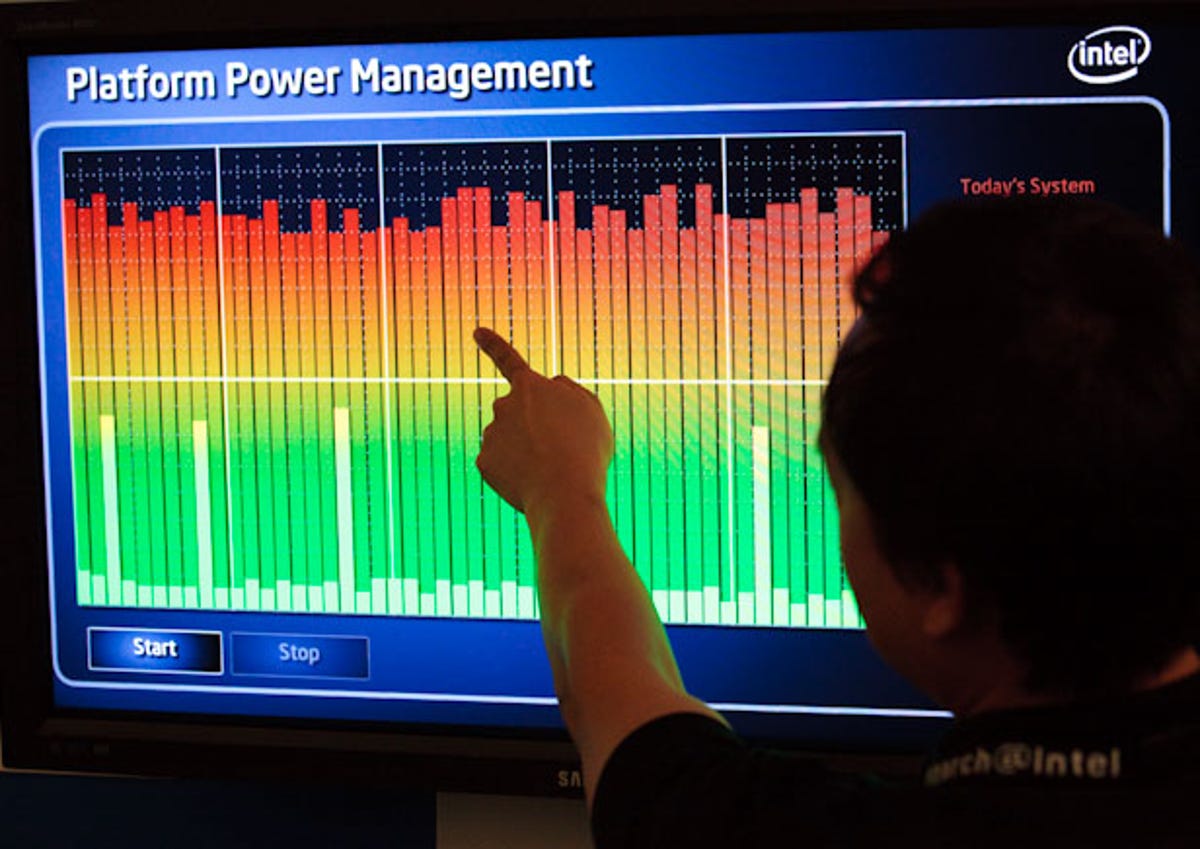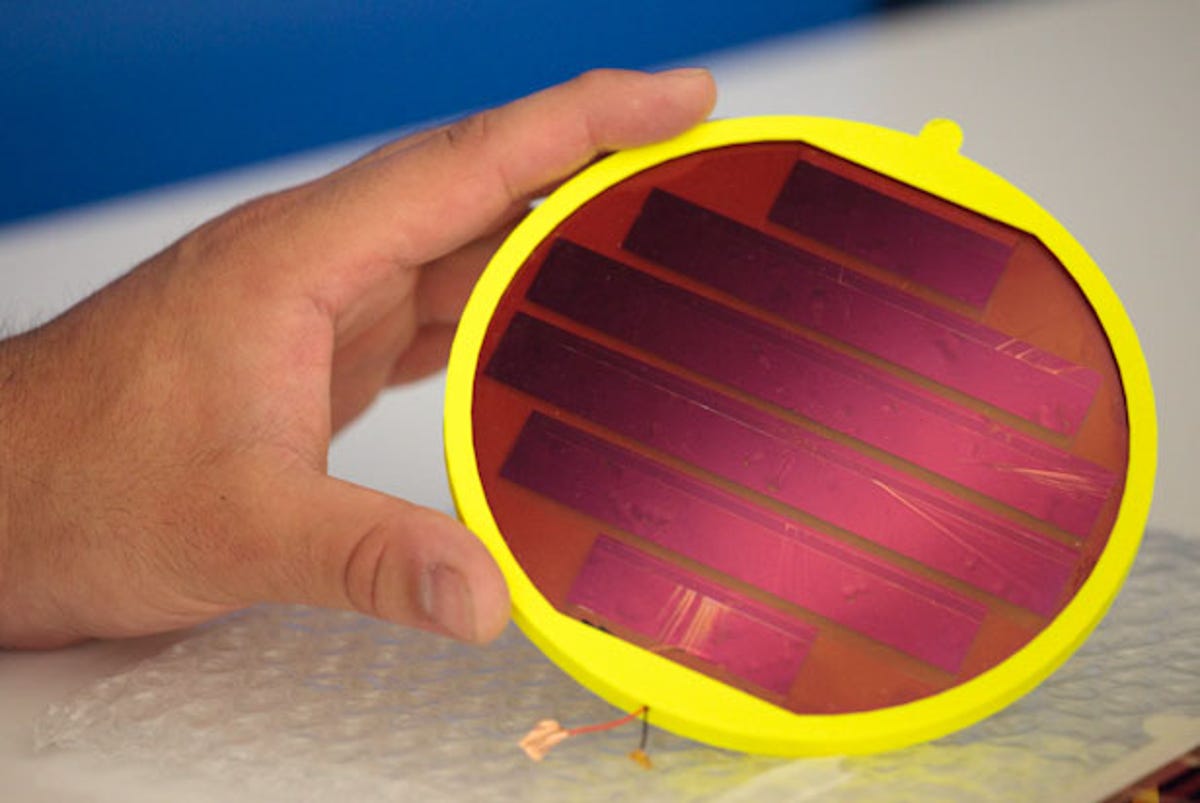Photos: Intel Research Day
Intel spends a bundle on next-generation technology. Here's a look at some fruits of that labor from Intel Labs.

Intel Research Day Demonstration
The technology was one of many Intel Labs researchers demonstrated at the Intel Research Day at the Computer History Museum in Mountain View, Calif., on Thursday.
Intel Moorestown Prototype
Intel CTO Justin Rattner
Wireless Power Transmission Demo
Intel hopes the technology will be useful for charging devices without wires and possibly within devices such as a laptop, which today carries power from a battery to its screen through a flexible but fallible cable.
Intel Labs researchers showed the technology at an Intel Research Day event.
Virtual Lightsabers

Intel's solar cell research
Intel Labs researchers showed the technology at an Intel Research Day event.
Multicore Data Transfer Research
Intel Labs researchers showed the technology at an Intel Research Day event.
WiMax Capacity Boost
WiMax Capacity Simulation
Router Brick Demo
Faster Storage with SSDs
Intel Labs researchers showed the technology at an Intel Research Day event.

